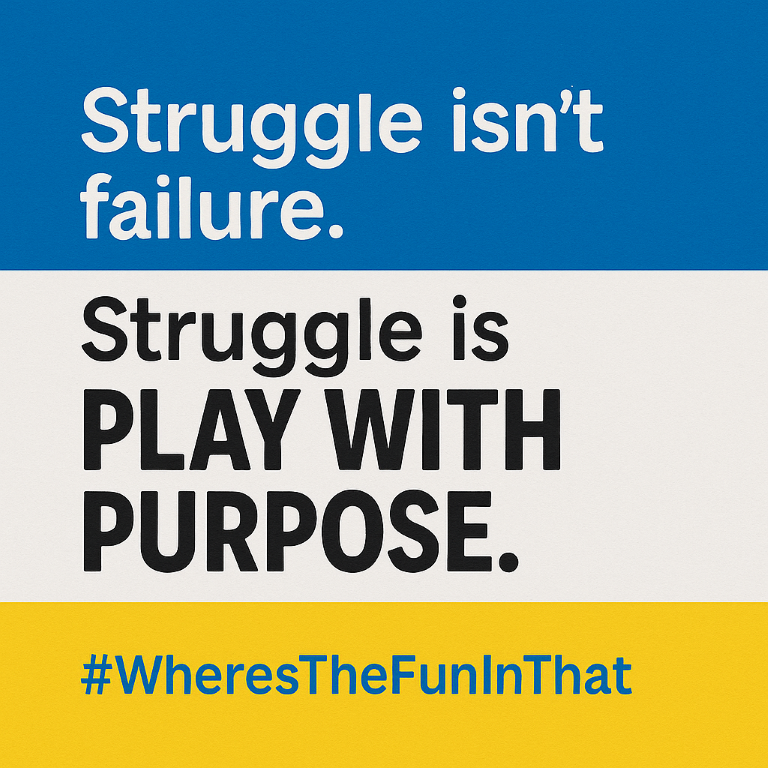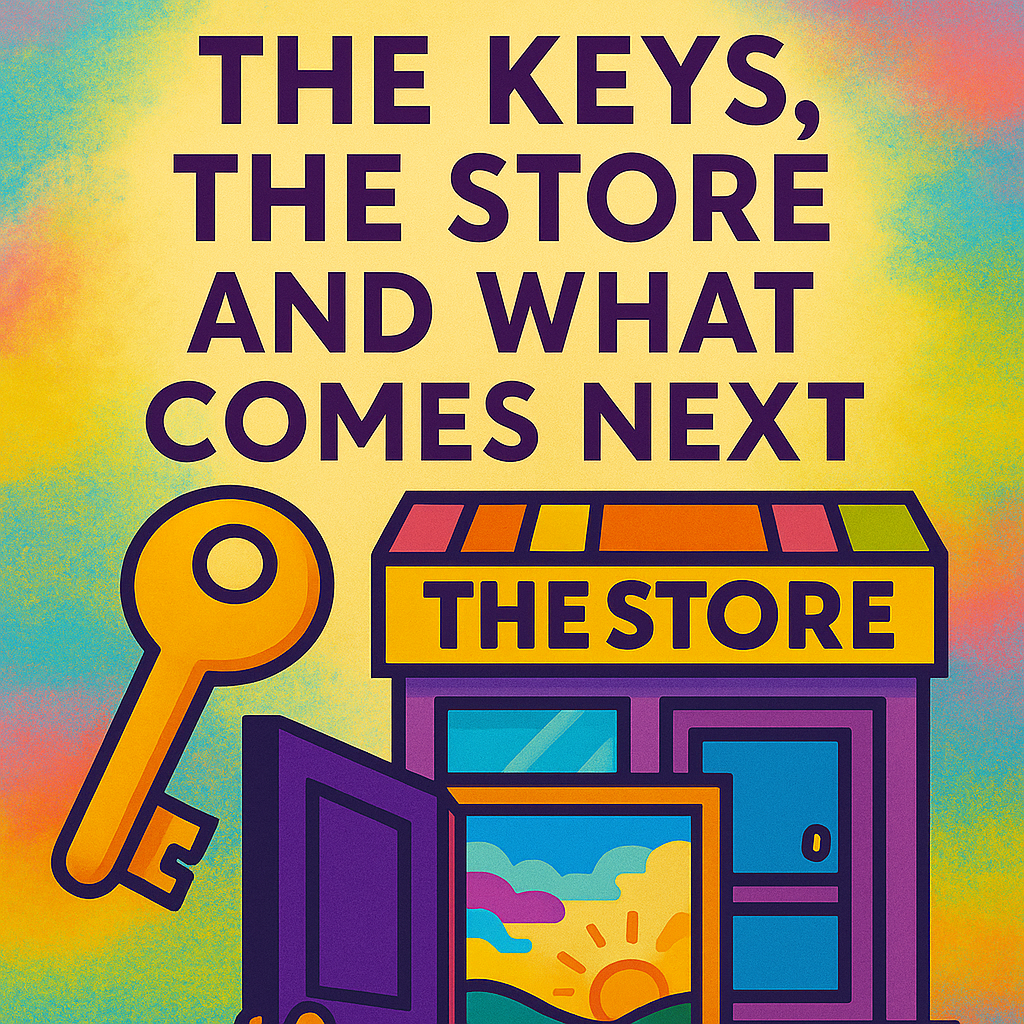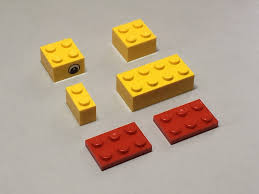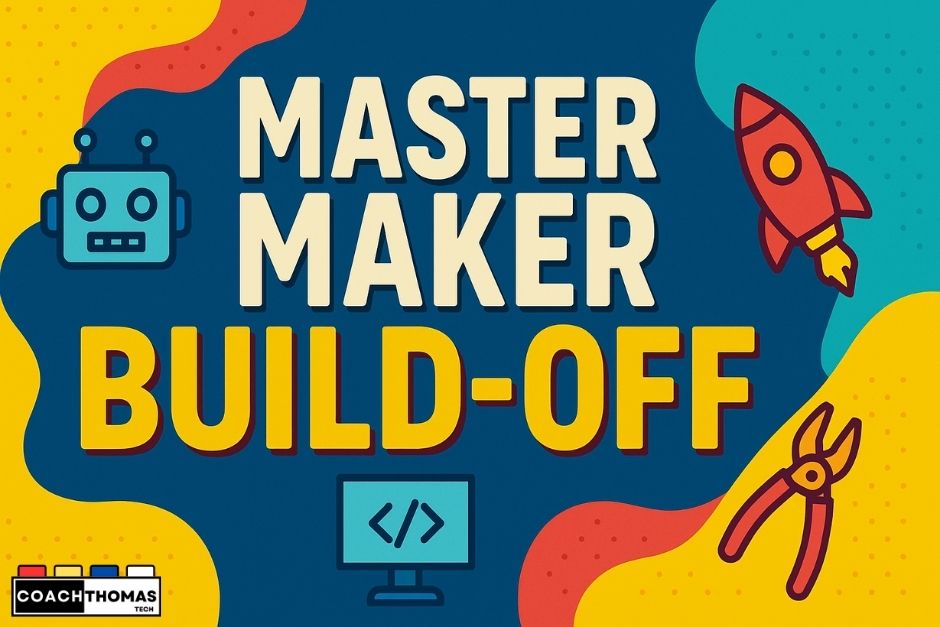“We’re not battling learning loss. We’re battling learning love loss!”
At what point did school become about getting the right answer FAST? Shouldn’t it be about the love of learning, the thrill of figuring things out, or the joy in the struggle?
Instead, we have pushed worksheets, test prep, ed tech, AI. All in an attempt to “help” students succeed faster. What we actually did was take away the fun part of learning – the struggle, the discovery, that AHA moment.
I can’t begin to tell you the number of times a day teachers get asked, “Is this ok?” “Can you help me?” And this one really means, can you do it for me.
With all the stresses and pressures to cover the curriculum, the temptation to step in and give them the answer is huge.
In Dr Peter Liljedahl’s book, Building Thinking Classrooms in Mathematics, he found that during an I do, we do, you do exercise, teachers wait approximately 4 minutes and 22 seconds before giving the answer. Students know this. They have been trained for this (or have trained the teacher).
But what if the best thing that we can do for a student is to not help? Learning should not be about getting it right the first time. It should be about getting stuck, and then finding how to get unstuck. If we want to reignite the love of learning, then we need to provide a space to struggle.
Struggle isn’t where learning stops. It is where learning begins!
The Problem: Overhelping
I think that students have developed a certain degree of learned helplessness. Students quickly learn how classrooms work. They notice teachers’ emotional pressure to help, to feel needed — and they adapt. Sometimes consciously, sometimes without even realizing it, they play into that system. They wait for help because they know it will come.
Teachers want to ease frustration, protect confidence and move through the curriculum faster due to external pressures. But this overhelping robs the student of discovery, resilience and authentic learning moments. Teachers want to help because they care deeply. They want to support their students, to feel like they are making a difference. But sometimes, without realizing it, overhelping becomes a way to justify their role — and that robs students of the chance to grow on their own.
However, stepping in too soon sends the opposite message that education is trying to send. It shows the students that they can’t do this on their own. They need someone to help them -that struggle = failure. And that is just not the case.
Real help is just the opposite. Step back. Give space. Allow for some failure, mess and time to think. The real, authentic learning happens in this space, the messy middle. It can be ugly, messy, frustrating. But this struggle is the beauty of learning.
If we want students to rediscover the joy of learning, we must rethink the classroom. Struggle should not be avoided. It should be expected, welcomed and celebrated.
The Shift: Struggle as Productive Play
I talk endlessly about how play is powerful in education. It is an excellent way to learn. And struggle is a big part of that. It is that area in the messy middle that builds the skills that cannot be otherwise taught. Struggle is the playground where learning takes place.
It is amazing to think about how play and struggle are deeply connected. At first, they look totally opposite. Struggle being serious and effortful, while play being joyful and light. But if go deeper into their relationship, you will see that struggle is a big part play. Play is a great way to navigate struggle.
Here are a few examples of how struggle within play is productive:
- Games with rules challenges: games involve rules to follow, obstacles to overcome and gameplay mechanics. Think about the strategies needed to play games like Monopoly, Candy Crush, or Block Blast. It is the increasing difficulty inside the playfulness of the game that makes it engaging. That is why things like Blooket, Kahoot and Gimkit are popular in the classroom
- Negotiation and Collaboration: whether it is backyard games that kids make up or a BreakOUTEDU game in the classroom, students will have disagreement and differing ideas. This struggle to communicate, negotiate and reach a resolution is a crucial skill that happens when we let students struggle a little bit during play. Productive play provides this opportunity.
- Testing Limits and Boundaries: Play is that safe space to test limits. To see how far you can push the envelope of social, physical or cognitive abilities. The struggle could be trying to reach a personal best in the mile run, solve that really tricky math problem, or navigate a sticky social situation.
- Embracing Failure as Part of the Fun: with productive play, failure is part of the process. Understanding that failure is a good thing in a space where it is encouraged allows students to take risks, experiment and learn from their mistakes. After all, this happens in the natural world all the time. Think of your two puppies playing. This is what they are doing.
Play as a Tool for Navigating Struggle
- Emotional Release and Coping: play can provide a learning environment for students to learn how to manage stress, frustration and difficult emotions. Students are overscheduled. As a result, they lack some of these coping mechanisms that play provides.
- Problem-Solving and Creative Thinking: one amazing aspect of play is that it involves the unexpected. Challenges arise that require students to think on their feet and adapt as they go. This builds skills like flexible thinking and creativity.
- Building Resilience and Perseverance: play provides an opportunity for students (and adults) to engage challenges and overcome them in a low-stakes environment. It allows students to grow and adapt without being overwhelmed by the process.
- Motivation and Engagement: being playful and fun makes challenges more engaging and less daunting. Time flies when you are enjoying the process. When you are invested. Playful struggle builds that environment.
Ready to Bring Struggle into Your Classroom?
You can intentionally design activities that blend struggle and play to foster a growth mindset and enhance learning:
- Gamified Learning: Turn learning activities into games with challenges, rewards, and opportunities for playful competition or collaboration.
- Inquiry-Based Learning with Playful Exploration: Encourage students to investigate questions through hands-on activities and playful experimentation, where they might encounter and overcome obstacles in their learning.
- Creative Problem-Solving Challenges: Present open-ended problems that require students to think creatively and try different approaches, framing the process as a playful investigation.
- Role-Playing Scenarios: Use role-playing to explore historical events, social situations, or scientific concepts, allowing students to grapple with different perspectives and challenges in a playful way.
- Building and Construction Activities: Provide materials for building and design challenges, where students will inevitably face structural issues and need to problem-solve through playful experimentation.
By recognizing the inherent connection between struggle and play, educators can create learning environments that are both challenging and engaging, fostering resilience, creativity, and a positive attitude towards overcoming difficulties. It’s about framing struggle not as a threat, but as an integral and even enjoyable part of the learning journey.
Activity of the Week: The Stuck Build Challenge
Title: The Stuck Build
Setup:
- Give students 10 LEGO pieces (or craft supplies).
- Task: Build something that stands at least 6 inches tall and balances a small object.
- Rules: No blueprints. No instructions. No hints.
- Encourage redesigns and celebrate unique ideas.
Reflection Prompts:
- What worked? What didn’t?
- How did it feel to get stuck?
- How did you get unstuck?
Struggle Builds Confidence
Students won’t remember the tests or the worksheets. They won’t remember the endless hours of you standing in front of the class with that amazing PowerPoint that you spent hours on. Nor will they remember that project that everyone did that was easy.
Nope!! What students will remember and hold on to for the rest of their life is the times that they struggled and figured it out. The rival football game, the difficult solo during the concert, or that hard STEM project they worked on. That is what they remember.
Why??
Because they struggled. It was hard. And in the end, they figured it out. Confidence and growth doesn’t come from being right (or being right, fast). It comes from failing and figuring it out. Everyone loves a good comeback story.
This week, let your students get stuck. Just once. Don’t rescue them. See what happens.
Share your findings with me or tag it with #WheresTheFunInThat.
Disclaimer This content was originally written by the author. AI was used solely for editing, formatting, and refining the structure to enhance clarity, readability, and flow. No AI-generated content was used in the creation of ideas or original writing.



